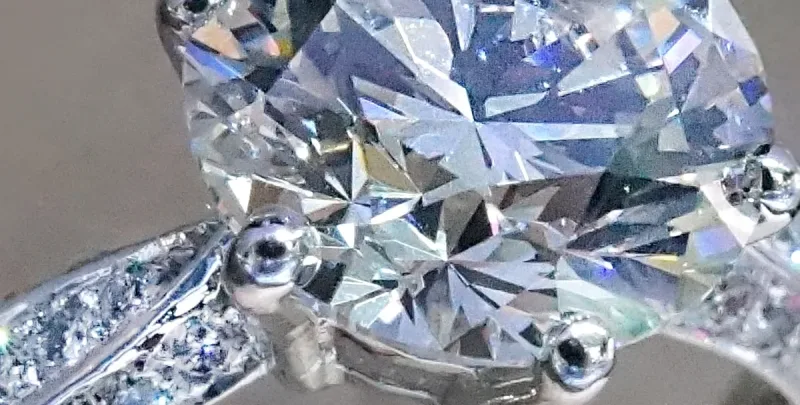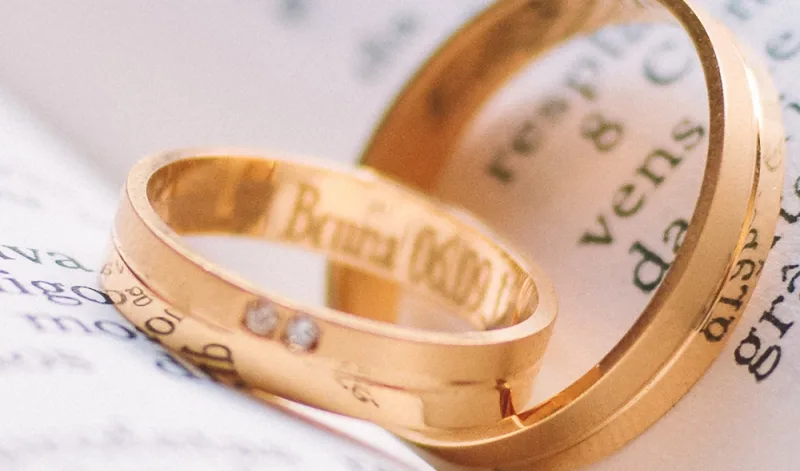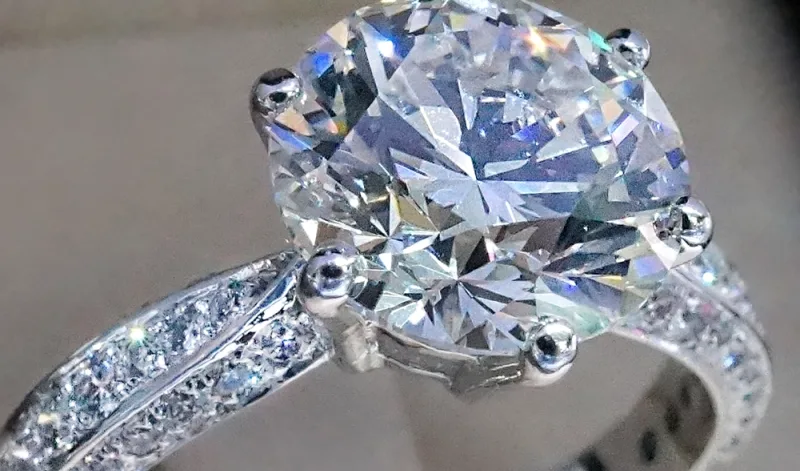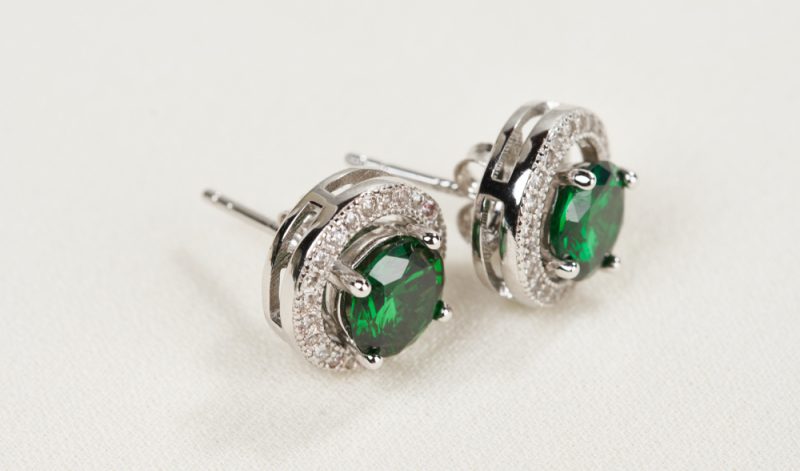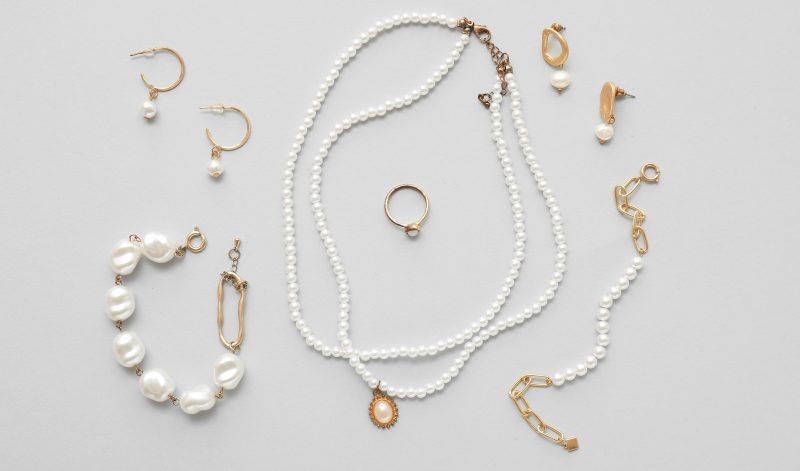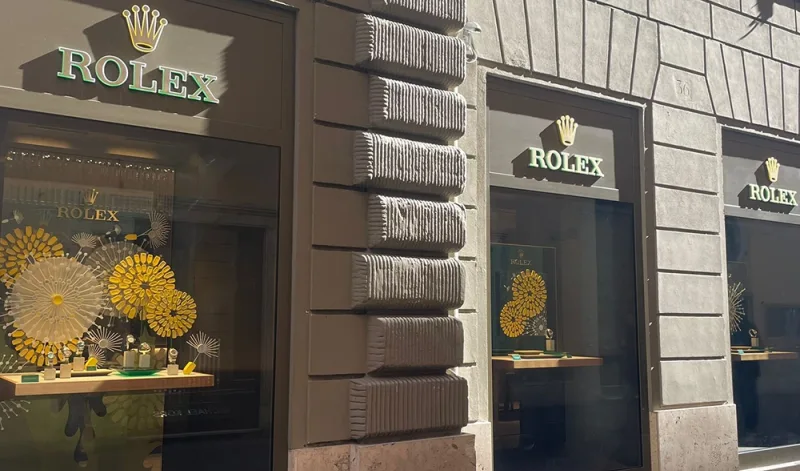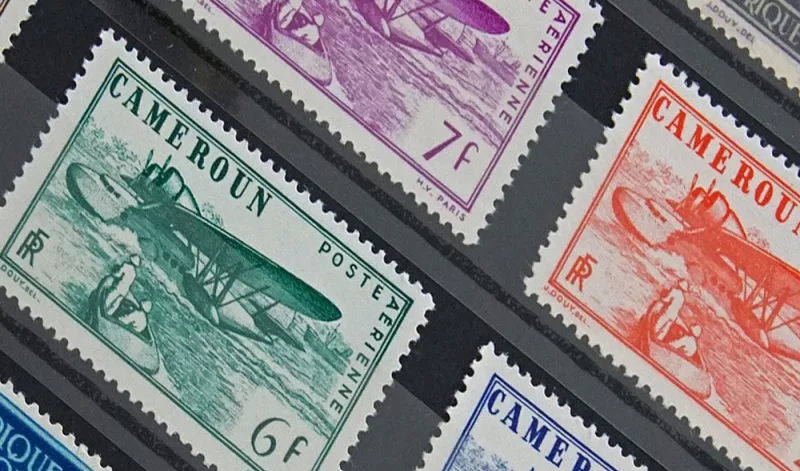The problem with many home insurance policy wordings, and I’m talking about the typical generic ones that most people buy online, is that they have fairly rigid limits for certain items. Traditionally, insurers do not like an unbalanced sum insured so someone asking for a quote for £35,000 contents and a £10,000 Rolex may find they receive a lot of declines.
No problem you say, I’ll just go and find myself a stand- alone
policy to cover my watch, easier said than done as not many insurers are
prepared to entertain this scenario.
Watches, jewellery and valuable items are insured away from the home
under the “all-risk” section. The “all-risks” section of the policy is
an area which attracts higher premiums and for good reason, watches can
easily be lost or stolen and valuable rings with stones are susceptible
to the settings working loose over time and the stone being lost.
For this reason, even with a higher premium rating than that applied to general contents, insurers know that the loss of a single item of jewellery can generate a substantial claim and thus they require the “ lower risk” contents to be included within the insurance to generate more premium.
For some people this may be fine if you have a large sum insured, but
what if you don’t ? What if you have inherited a valuable item or
perhaps have just got engaged, have a valuable ring but little other
contents.
A stand-alone policy provides a useful solution to this and for a number
of reasons. Firstly, the cover you will be provided with is likely to
be wider than that afforded by a standard home insurance policy and the
territorial and other restrictions may not be so onerous either. From an
economic point of view, most home insurance policies come with a no
claims bonus and the loss of a single item can jeopardise this bonus
leaving you with an increased renewal bill. For these reasons, seeking
insurance for single items may be a worthwhile option.

